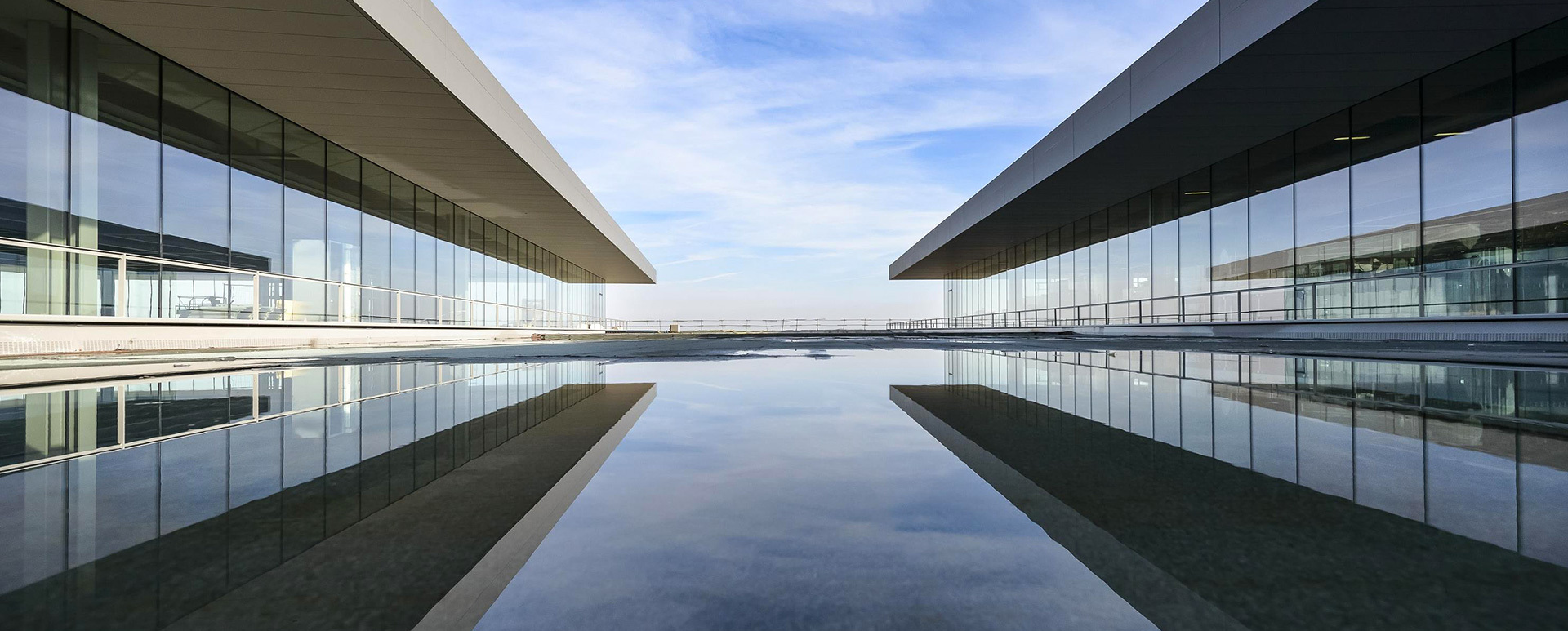What are the characteristics of wool-like polyester?
Characteristics of wool-like polyester 1. High strength and toughness. The short fiber strength is 2.6~5.7cN/dtex, and the high tenacity fiber is 5.6~8.0cN/dtex. Due to its low hygroscopicity, its wet strength is basically the same as its dry strength. The impact strength is 4 times higher than that of nylon and 20 times higher than that of viscose fiber.
Characteristics of wool-like polyester
1. High strength and toughness. The short fiber strength is 2.6~5.7cN/dtex, and the high tenacity fiber is 5.6~8.0cN/dtex. Due to its low hygroscopicity, its wet strength is basically the same as its dry strength. The impact strength is 4 times higher than that of nylon and 20 times higher than that of viscose fiber.
2. Good light resistance. Lightfastness is second only to acrylic. The light fastness of polyester fabric is better than that of acrylic fiber, and its light fastness is better than that of natural fiber fabric. Especially the light fastness behind the glass is very good, almost on par with acrylic.
3. Wool-like polyester has good elasticity. The elasticity is close to wool, and it can almost fully recover when it is stretched by 5% to 6%. The wrinkle resistance exceeds other fibers, that is, the fabric does not wrinkle and has good dimensional stability. The elastic modulus is 22~141cN/dtex, which is 2~3 times higher than that of nylon. .Polyester fabric has high strength and elastic recovery ability, so it is strong and durable, wrinkle-resistant and iron-free.
4. Poor dyeability, but good color fastness, not easy to fade. Because there is no specific dyeing group on the polyester molecular chain, and the polarity is small, it is difficult to dye, the dyeability is poor, and the dye molecules are not easy to enter the fiber.
5. Heat-resistant polyester is made by melt-spinning method, and the formed fibers can be heated and melted again, and belong to thermoplastic fibers. The melting point of polyester is relatively high, and the specific heat capacity and thermal conductivity are small, so the heat resistance and thermal insulation of polyester fibers are higher. It is the best among synthetic fibers.
6. Wool-like polyester has good abrasion resistance. The abrasion resistance is second only to nylon with good abrasion resistance, and it is better than other natural fibers and synthetic fibers.
7. Corrosion resistance. Resistant to bleaches, oxidants, hydrocarbons, ketones, petroleum products and inorganic acids. Dilute alkali resistance, not afraid of mildew, but hot alkali can make it decompose. It also has strong acid and alkali resistance and anti-ultraviolet ability.
8. Good thermoplasticity and poor melting resistance. Due to the smooth surface of polyester and the close arrangement of internal molecules, polyester is a fabric with better heat resistance among synthetic fabrics. It has thermoplastic properties and can be made into pleated skirts with long-lasting pleats. At the same time, polyester fabric has poor melting resistance, and it is easy to form holes when encountering soot, sparks, etc. Therefore, try to avoid contact with cigarette butts, sparks, etc. when wearing.
9. It has poor hygroscopicity and feels stuffy when wearing it. At the same time, it is easy to carry static electricity and contaminate dust, which affects the appearance and comfort. However, it is very easy to dry after washing, and the wet strength hardly decreases, and it does not deform. It has good wash and wear performance.
summary:
The fabric woven from ordinary wool-like polyester filament has the advantages of good strength, smoothness and stiffness, easy washing and quick drying, etc., but it has the advantages of hard hand, poor touch, soft luster, poor air permeability and hygroscopicity. and other shortcomings. Compared with silk fabrics, the gap is even greater, so silk must first be simulated on the silk thread structure to eliminate the disadvantage of poor wearing performance.
Previous page
Related information




